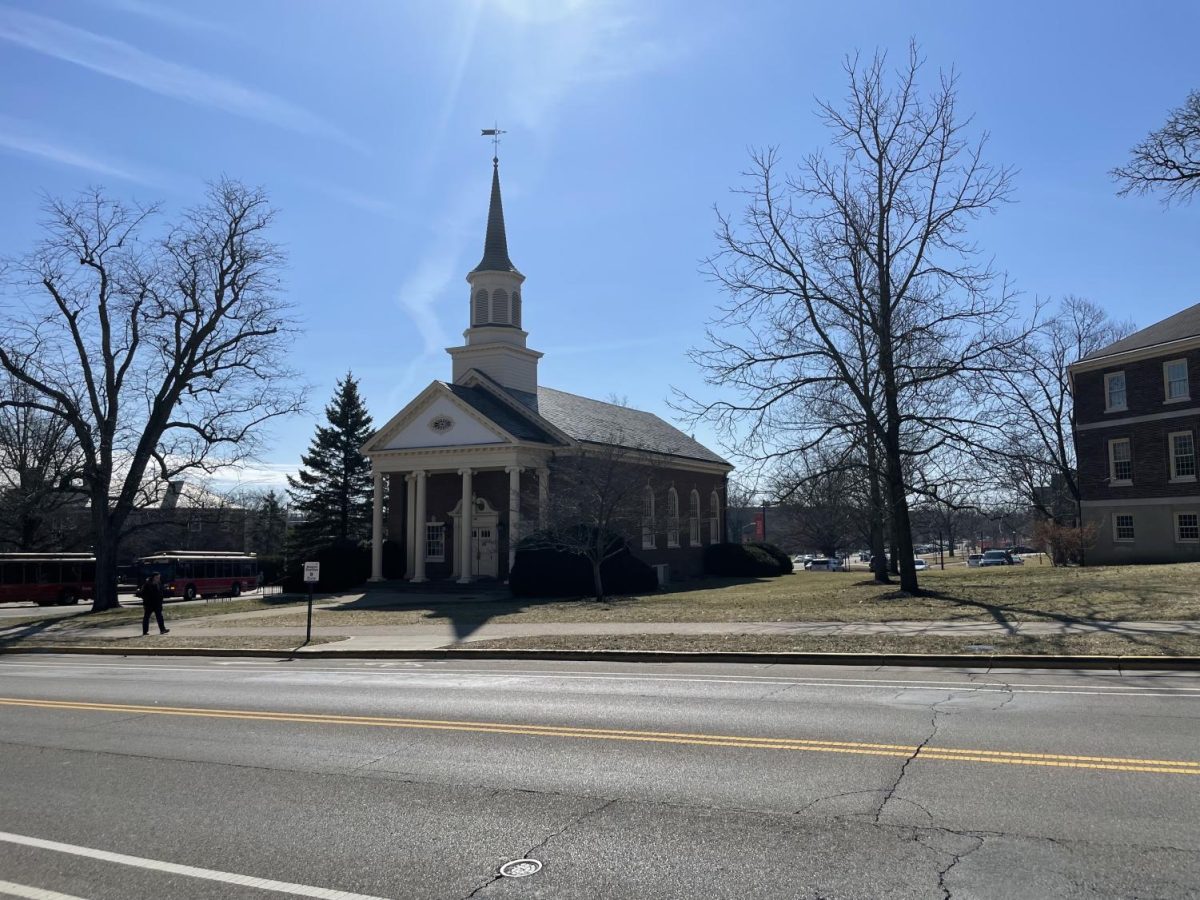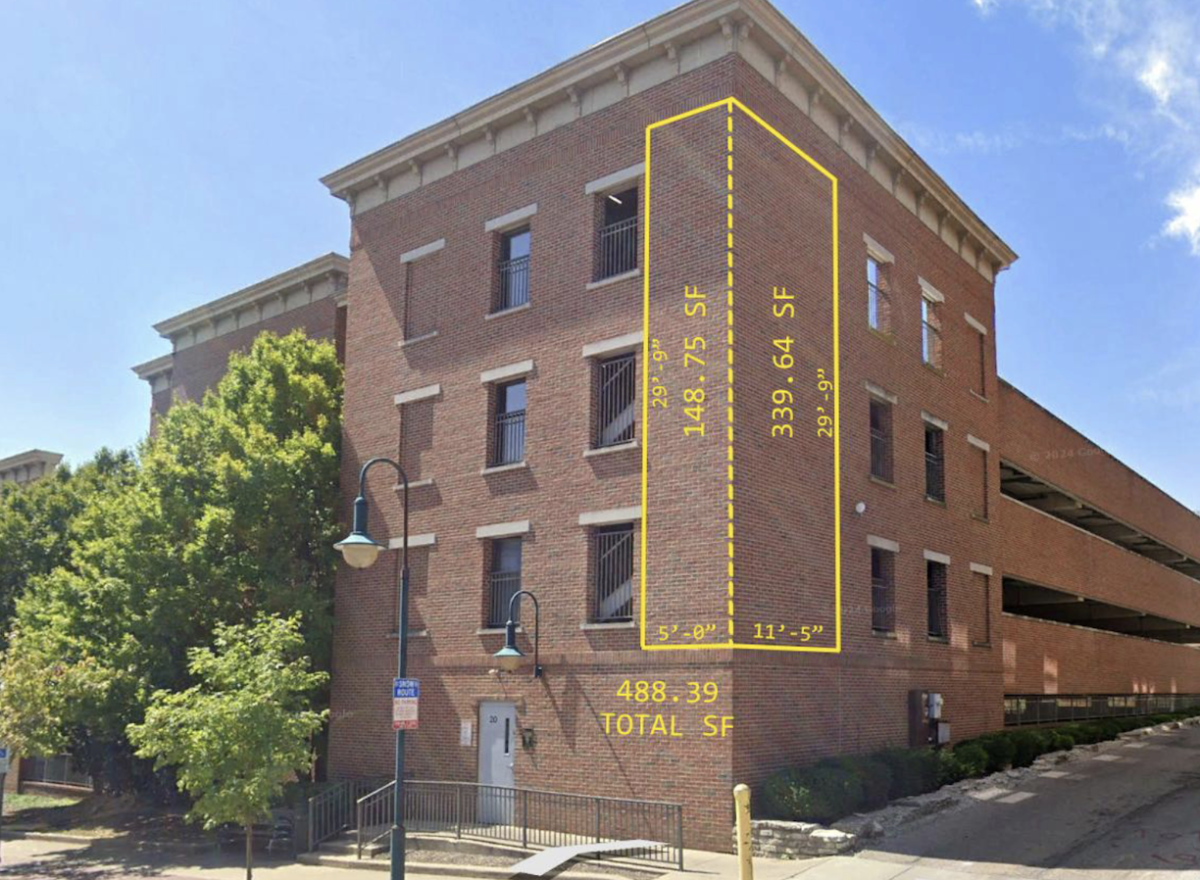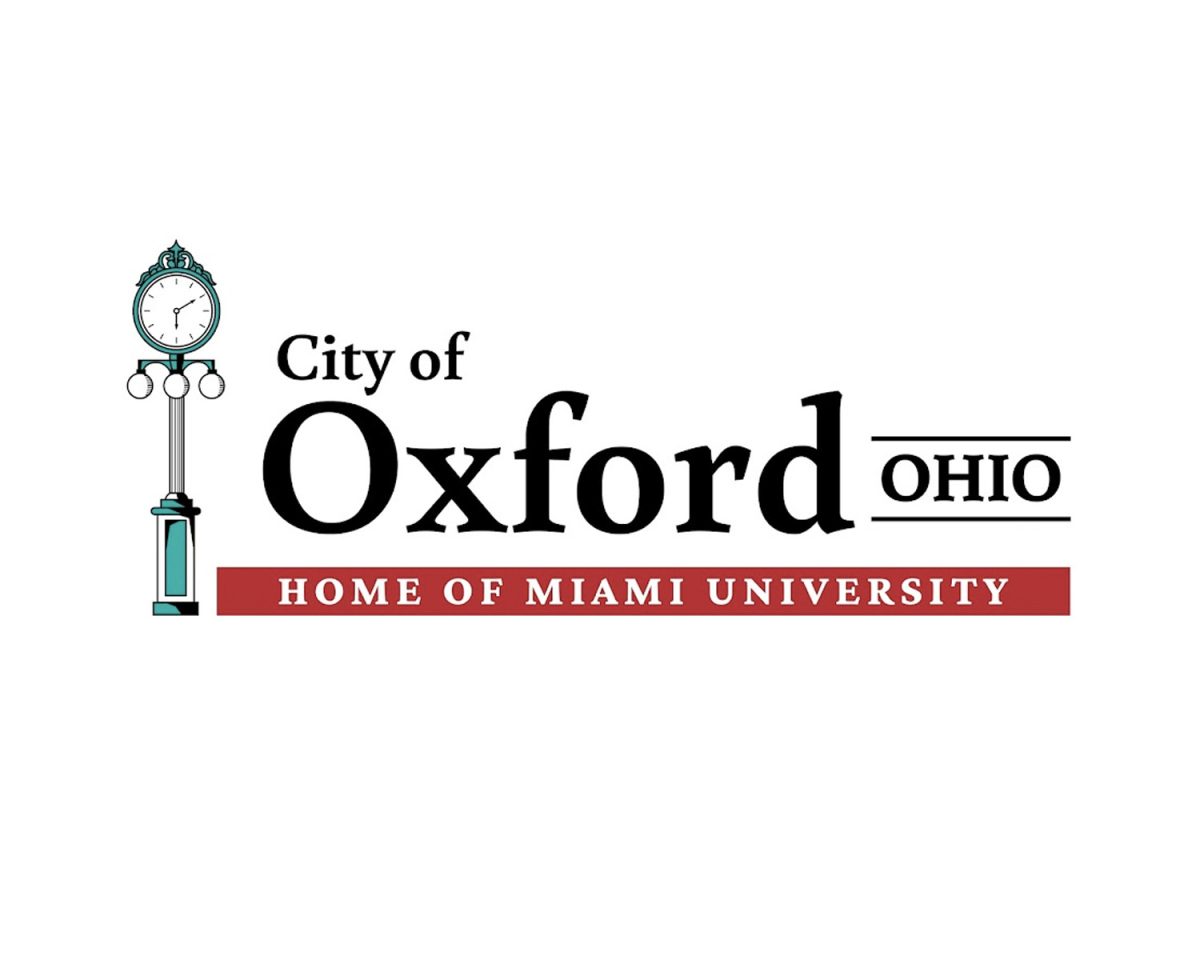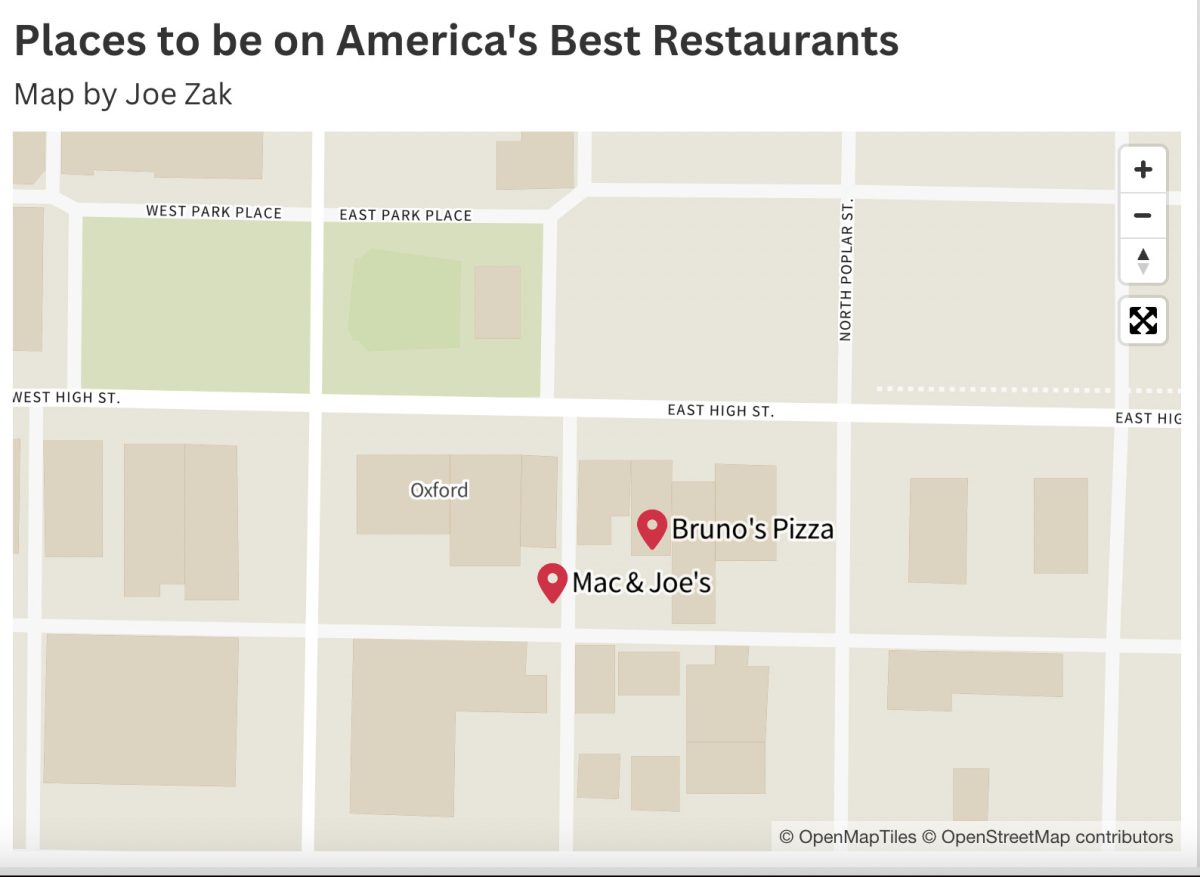The Sesquicentennial Chapel: A timeless Miami landmark
April 8, 2022
Miami University’s Sesquicentennial Chapel, settled in the heart of campus, is a towering historical landmark that is difficult to overlook.
The 6,341-square-foot structure sits at the corner of Maple and Spring Streets, directly west of the Shriver Center and just a few steps across the street from the Armstrong Student Center.
Sesquicentennial Chapel was dedicated on June 7, 1959, at the Sunday Baccalaureate service preceding the Monday Commencement for the Miami Class of 1959.
Named to mark Miami University’s 150th, or sesquicentennial, anniversary, the chapel was financed with contributions from alumni and friends to mark the milestone anniversary. In all, the chapel cost approximately $280,000 to complete.
According to the Ohio Historic Preservation Office, Cincinnati architects Cellarius and Hilmer constructed the building in the Colonial Revival style, complementing the Georgian facades of red brick that define the Miami landscape.
The chapel is a non-denominational gathering place for spiritual events and was built with the intention that these activities supplement the college education, according to the Miami Alumni Association website.
At the time of its dedication, former Miami President John D. Millett endorsed the notion of a sacred symbol to reaffirm the belief that, while education was the principal priority of the school, religion contributes gratification and meaning to the lives of students and faculty.
With four prominent decorative columns of the classical order, a triangular frame and a central belltower complete with spire, the chapel’s simple but traditional exterior welcomes all who pass with an inviting entrance.
Once inside the small and modest sanctuary, the elevated ceilings are adorned with elegant hanging chandeliers, and the room is lined with tall windows that let the natural light filter in.
According to the Miami Event Services website, the main aisle measures 56 feet long.
Rows of traditional pews with red cushioning fill the space, and an organ loft rests above the sanctuary. According to the Enjoy Oxford website, the chapel can seat 218 guests.
In terms of amenities, the chapel is air-conditioned and offers instruments, including a digital organ and pianos, for use. The main level contains administrative space, and the basement includes a meeting room, restrooms and the Sayles Memorial Room.
The chapel serves as a popular location for the weddings of Miami students, alumni and friends – especially among Miami Mergers, the name given to Miamians married to one another. In Walter Havighurst’s book “The Miami Years,” this matrimonial tradition is said to have commenced in 1959, when Sally Gross and Robert Hatfield, both Miami University graduates, wed at the chapel.
According to Miami venue booking guidelines, Miami Mergers can make chapel reservations 13 months in advance, as opposed to the regular 12 months offered to other couples. Interested parties can reserve the chapel for an event with a maximum four-hour duration by submitting a request for a proposal or contacting a campus planner.
The site also hosts a variety of campus ensemble groups, including vocal performance organizations, and religious services like memorials and baptisms.
In the narthex on the west wall sits a white plaque that is hard to overlook, leaving departers with these prayerful words in a gold text attributed to alumnus Colonel John R. Simpson: “Guide Us to Wisdom, Lead Us Toward the Light.”














